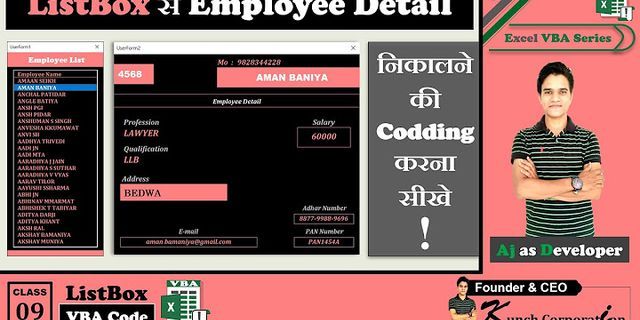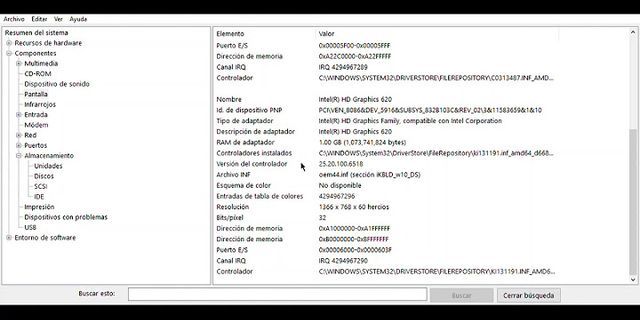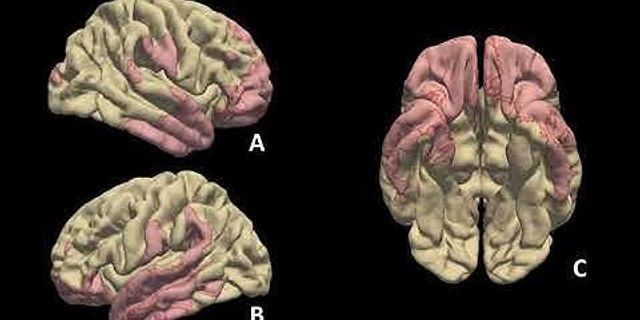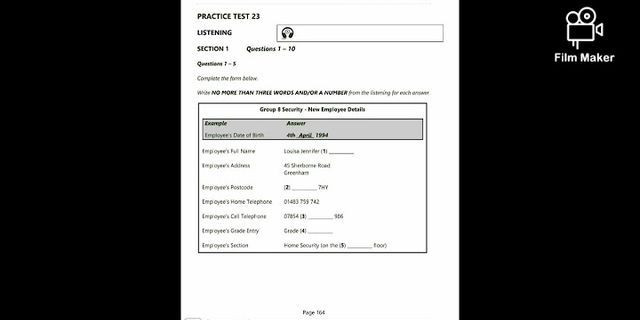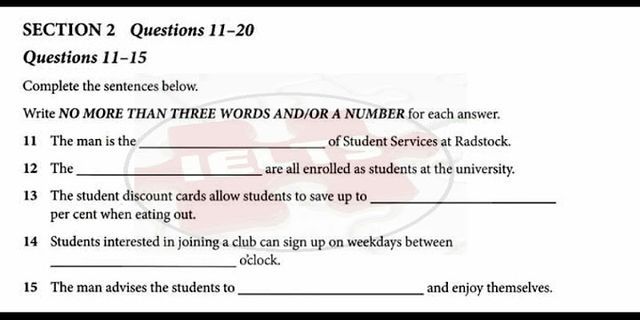This page describes the basic functions and parts of a Laptop PC. Show Understand the Basic Parts of a LaptopLaptops are portable computers that contain many components. A basic understanding of the names for these components can be helpful when communicating with the Technology Help Desk regarding your computing needs.  1. LCD Screen: Standard screen that is the display for your laptop. They come in various sizes, with 14.1” and 15.4” being common sizes. (see picture above) 2. Keyboard: Standard keyboard for typing information. (see picture above) 3. Built-in Mouse: There are two versions of this standard. 1. Touch Pad Mouse: The square pad below the keyboard on your laptop. The touch of your finger on this pad moves the mouse on the computer. The two smaller rectangles below the square pad are the left and right click buttons.  2. Button Mouse: The small circular button in the middle of the keyboard (between the G, H, and B keys). The touch of your finger on this button moves the mouse.  4. Activity lights: These lights tell you information about your laptop such as hard drive activity, AC power, and if your 802.11 wireless internet card is enabled. (see picture above)  5. Power button: The circular button located above the keyboard on the far right that contains a picture of a circle with a vertical bar. This button starts up and shuts down your laptop by pressing it. If you are unable to shut down your laptop properly, you can press and hold this key for 10 seconds and your laptop will shut down. (see picture above)  6. DVD/CD-ROM drive: This is located on the side of your laptop. Pressing the small button will open and close the door so that you can insert CD’s and DVD’s to be used. (see picture above) 7. USB Port/Ports: This port or ports are located on the side of your laptop near the hinge. They are used to connect USB media such as a flash drive, USB mouse, digital camera, or web camera. (see picture above)  8. PCI card ports: These ports are located on the side of your laptop, near the front. With them, you can use PCI accessories such as Wireless Internet Cards and PCI Firewire ports. (see picture above) 9. Secure lock port: This port is located on the side of your laptop, near the hinge. This is a port you can use to lock your laptop to a table or desk to prevent theft. (see picture above)  10. Network port: This is located on the back of your laptop on the far left. You plug your network cable into this port when not using wireless. (see picture above) 11. VGA port: This is located on the back of your laptop in the middle and is always blue. It is used to connect to projectors and other screens. (see picture above) 12. AC Power input: This is located on the back of your laptop next to the blue VGA port. It allows you to use AC power instead of battery power. (see picture above) 13. CPU Cooling Fan: This is located on the back of your laptop next to the AC Power Input. It is where your computer vents out the hot air produced by the CPU. (see picture above)
Note: Do not block this area of the laptop it will cause the computer to overheat. Enable the Wireless Internet Card1. Go to Windows button > Control Panel > Network and Sharing Center  2. Click on Manage Network Connections on the menu on the left hand side of the screen.  3. Right click on the Wireless Network Connection icon and select Enable 4. The same procedure will allow you to disable the card if it is already enabled. Put a Laptop Computer into Sleep ModeMost laptop computers are preset for when you close the laptop your computer goes into sleep mode. If it does not come preset with these settings or you want to turn this feature off the following steps will change those power options. 1. Click Windows button > Control Panel > Power Options  2. Under the currently selected power plan, select Change plan settings  3. You can choose when in time you want your computer to turn off the screen and go to Sleep (Standby). Click Save Changes 4. Back in the “Power Options” window, you can use the menu on the left hand side of the screen to specify what you want the laptop to do when you close the lid or press the power button. Connect to a Projection Unit1. Press the Fn key and, while holding it down, press the projection button. It is typically the F8 key and also has the text “CRT/LCD” on it. The two keys are shown below.   2. Pressing the keys will toggle your through three different projection views: 1. Just the projection unit displaying the screen. 2. Both the projection unit and the laptop displaying the screen. 3. Just the laptop displaying the screen.
Note: Using older projection units may require the screen resolution to be set lower. Sometimes the information will still display, but it could be made clearer by changing the resolution. In some cases, Windows Vista will come up with a warning asking you if it can switch the resolution to fix this problem. Secure your DataSaving confidential data on a laptop is not recommended by ITS. The data that is saved on the laptop would be compromised if the laptop were stolen or lost. We recommend that you save your files on the Luther College network by mapping to your H drive or by using a network place. For more information, refer to Windows XP Network Shares Training Care for your Laptop ComputerHow you handle and transport your laptop is an important factor in how long it continues to work for you. Follow these simple rules to get the most out of your laptop computer. 1. Carry the laptop in a padded laptop case. 2. Be gentle opening and closing the screen. Carelessness is the number one reason screens break. 3. Support the screen when walking from one place to another. 4. Make sure you do not smother the cooling fan. 5. Discharge the battery completely at least once a month if you do not use it very often. Add Attachments to a Laptop Computer1. USB Mouse – Allows you to use a typical desktop PC mouse with your laptop computer.  2. USB HUB – Allows you to take one USB port and turn into 4 USB slots.  3. Docking Station – Is an option with certain laptops. It allows you to more quickly attach and detach your computer from your workspace because the attachments plug into the docking station rather than directly to the laptop.  4. PCI Wireless/cellphone internet card – Allows you to use a cellphone service to connect to the internet.  5. 56K modem – Allows you to use a standard dial-up connection. 6. Additional attachments: Microphone, Monitor, Web Camera. |










